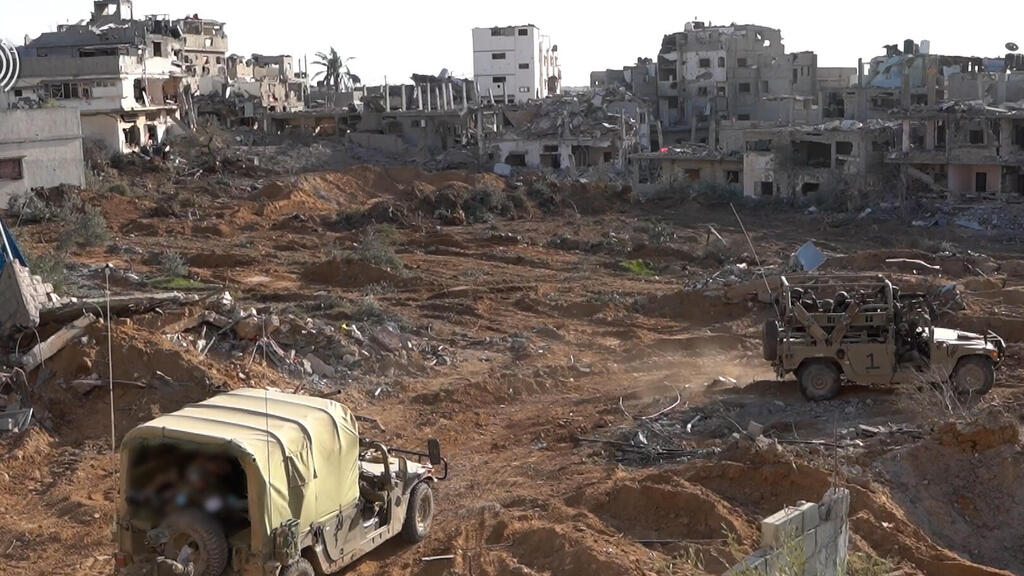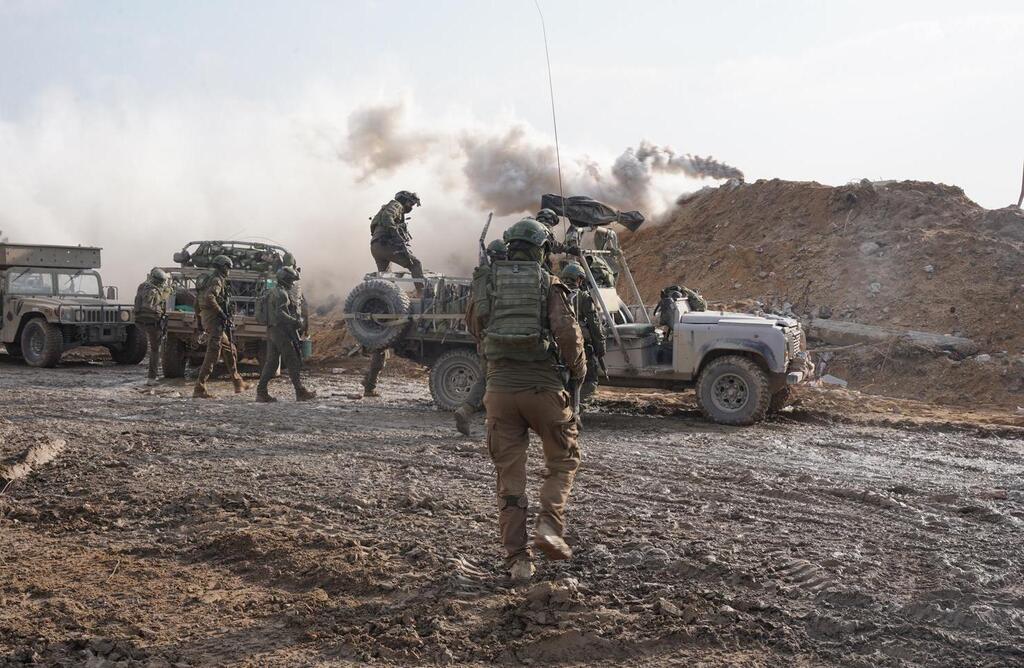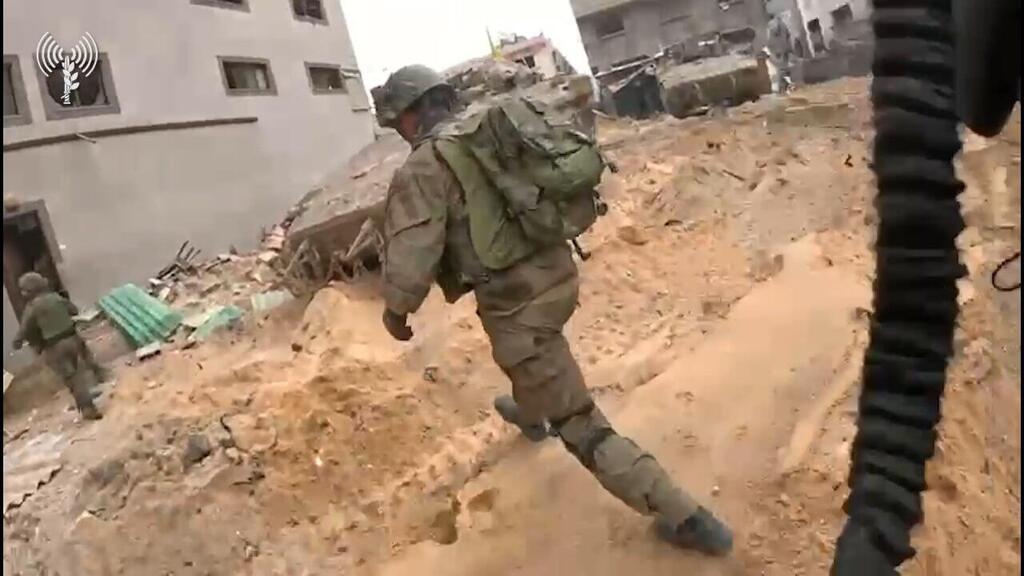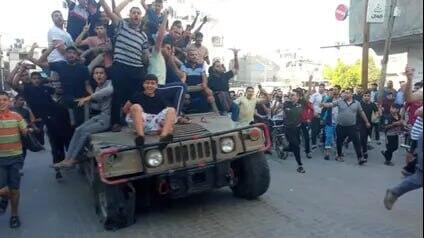It was 4:30 p.m. on Wednesday and through the masking of the clouds, you could see that the sun had already begun to set. Suddenly, an explosion of unusual intensity shook the ground. It is difficult to describe in words such a tremendous explosion, because how can one illustrate inferno in text? It is a compulsive horror that grips the bones and the mind. The volume is unthinkable.
Read more:
We were right at the intersection of al-Karama and Baghdad streets in the Shijaiyah neighborhood in Gaza City. We were there for three hours on Tuesday and the gun and rocket fire did not stop for a moment. Fire from machine guns, bombs dropped by airplanes and helicopters, whistles of mortar shells fired by our forces, artillery fire from cannons and tanks. We were standing outside the "division commander's house," a four-story residential building that was converted into the headquarters of the 188th Division, Colonel Or Volozinski.
This urban area has been through a lot: there is hardly a single standing building left, every house has become a pile of ruins, a mush of concrete fragments and blocks, furniture, washing machines, refrigerators, ovens, sofas, clothes, shoes and closets. And everything is broken, mixed together; nothing can be salvaged.
Suddenly, there is an explosion. A moment or two later, one of the officers shouted: "A significant Golani event," while soldiers jumped into the APCs and tanks as the roar of the engines took over, forcing the people to switch to shouting. Someone shouted: "Hey, hey, they say to come fast, apparently a building collapsed, come on, come on, everyone to the vehicles, everyone to the vehicles... ." Everyone was running in all directions. From one of the communication networks a call was heard: "Stop stop stop" and someone explained that an order had been given to our forces to stop firing mortars so as not to endanger the troops in the field.
Above us, we heard the buzzing of drones which circled in order to provide cover for the rescue operations of the attacked forces. It was clear that this was a complex event, that Golani encountered an ambush and that we had casualties. Beyond the quick transition to battle positions, what stood out most of all was the uncertainty of battle. The uncertainty is followed by the difficulty of understanding what happened not far from you, just 250-300 meters according to one of the officers.
4 View gallery


Once terror organizations stronghold, reduced to ruins
(Photo: IDF Spokesperson's Unit)
As a parent, you are immediately struck by anxiety: Were soldiers injured? If so then how many were injured? God forbid there are casualties. And you immediately think of the parents whose children are here and they themselves are now at home, unaware of this terrible drama that is just beginning. You look at the soldiers and officers who are now acting with sharp professionalism and your heart goes out to them.
Shujaiya is a city-sized neighborhood. It consists of about 100,000 residents in a tiny area of about seven square kilometers. Its residents call it the "neighborhood of the brave," because it has always been a stronghold of terrorist organizations. It is the closest neighborhood to an Israeli settlement: Its eastern outskirts are only about 800 meters away from Kibbutz Nahal Oz.
The Hamas battalion in Shujaiya is considered the strongest in Gaza. This is where the attack on the kibbutz was planned and launched. This is why Shujaiya "received special treatment" from two combat teams: The 188th division's combat team attacked the neighborhood from east to west, and the combat team of Golani from the northwest. They closed the area with the pincer move, using firepower that destroyed everything in its path.
4 View gallery


IDF focusing firepower on terrorist stronghold in Shujaiya
(Photo: IDF Spokesperson's Unit)
This explains the total destruction, but does not prevent the terrorists from emerging from tunnel shafts, striking by surprise and returning underground as they did on Wednesday afternoon, in an attack that claimed the lives of nine fighters and commanders.




